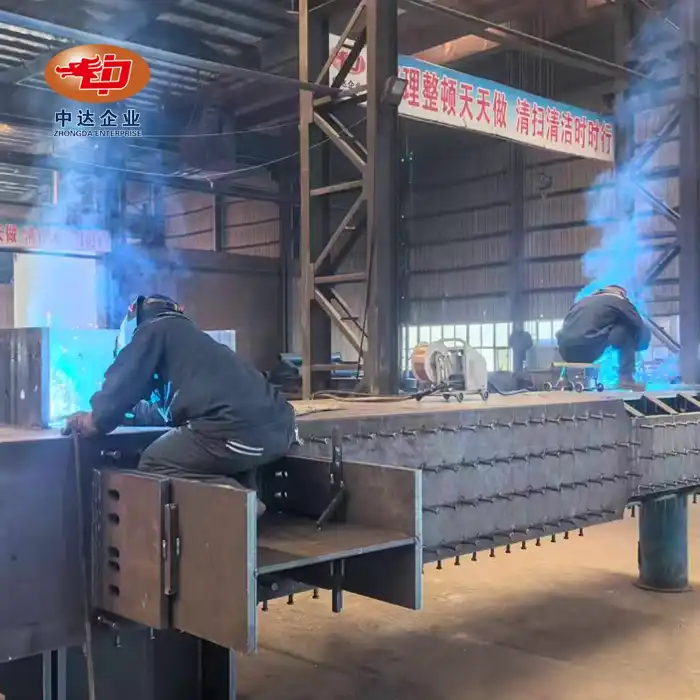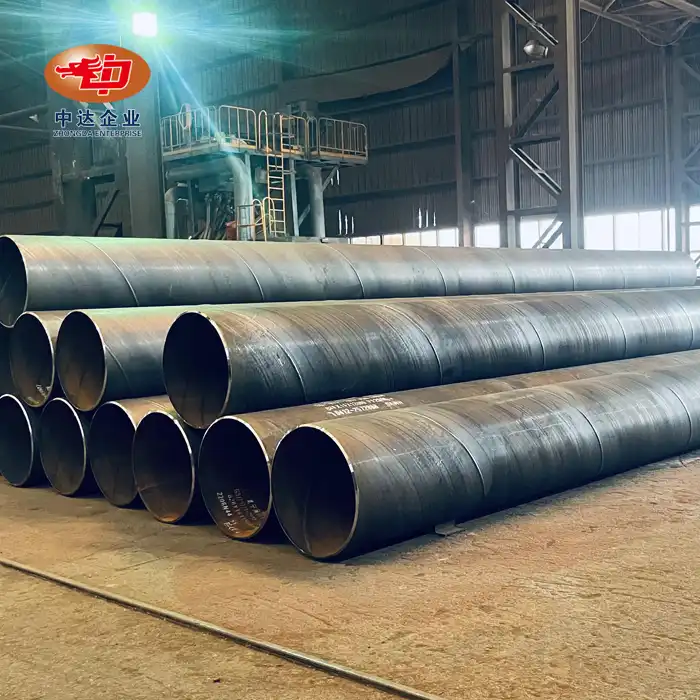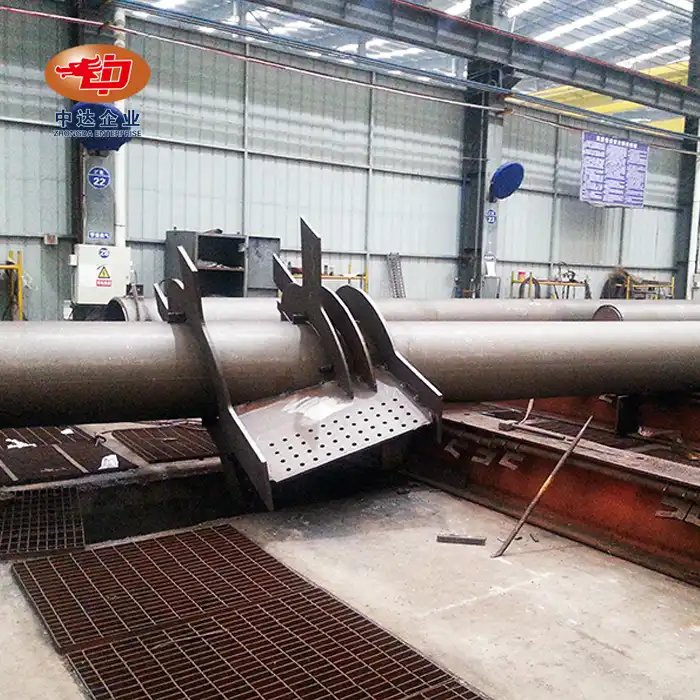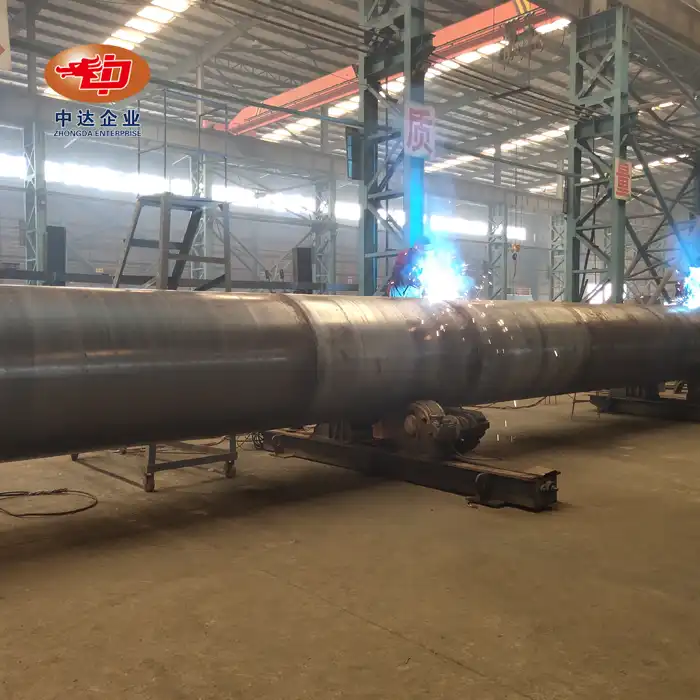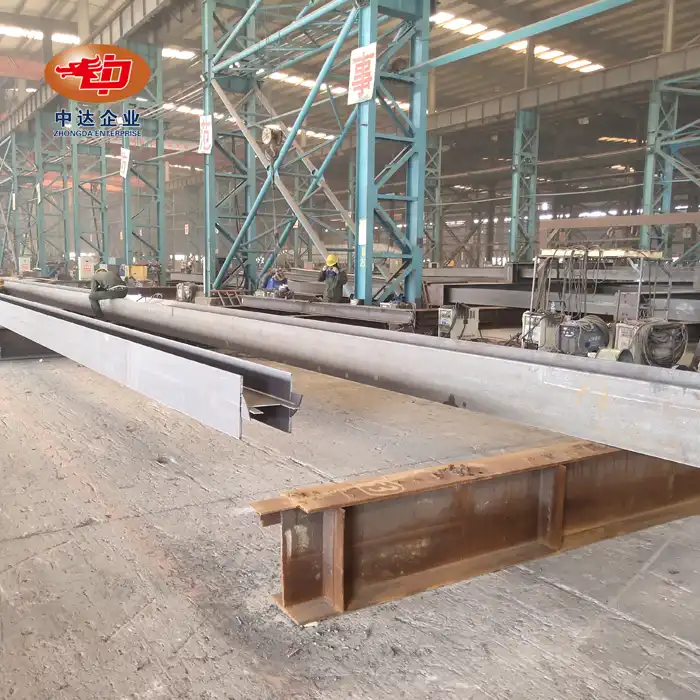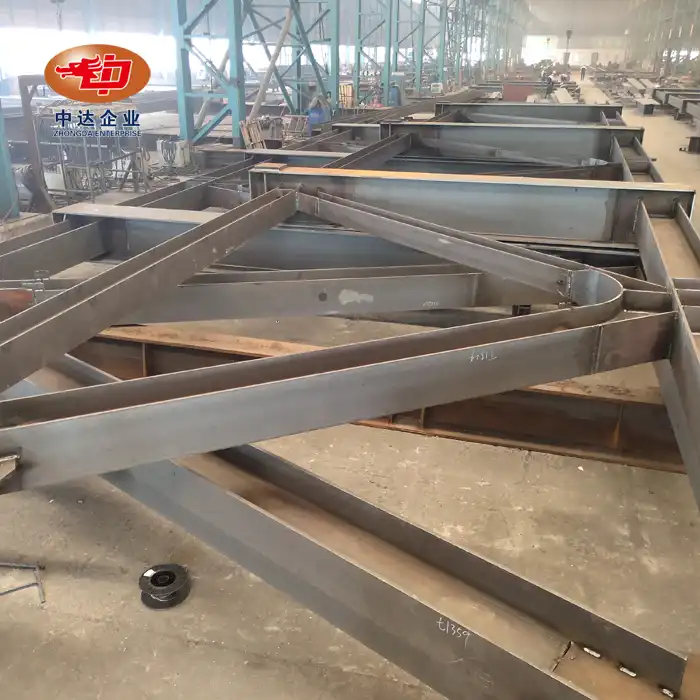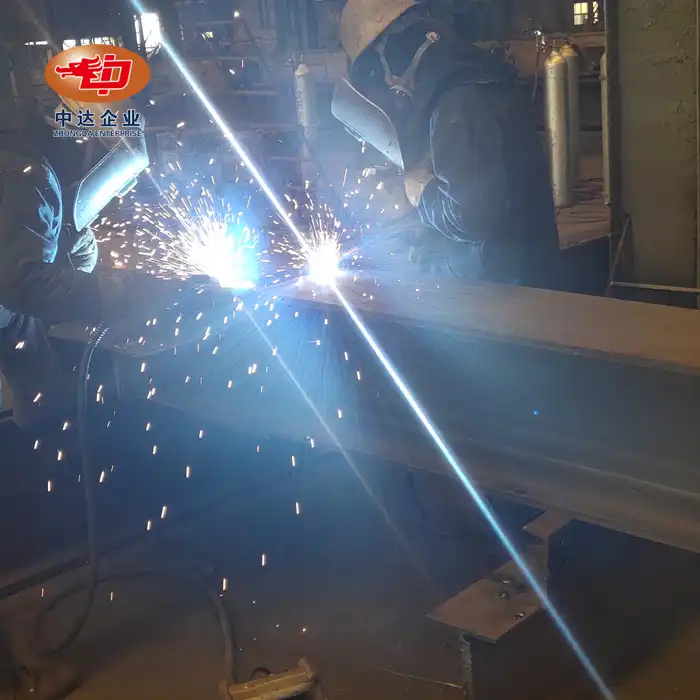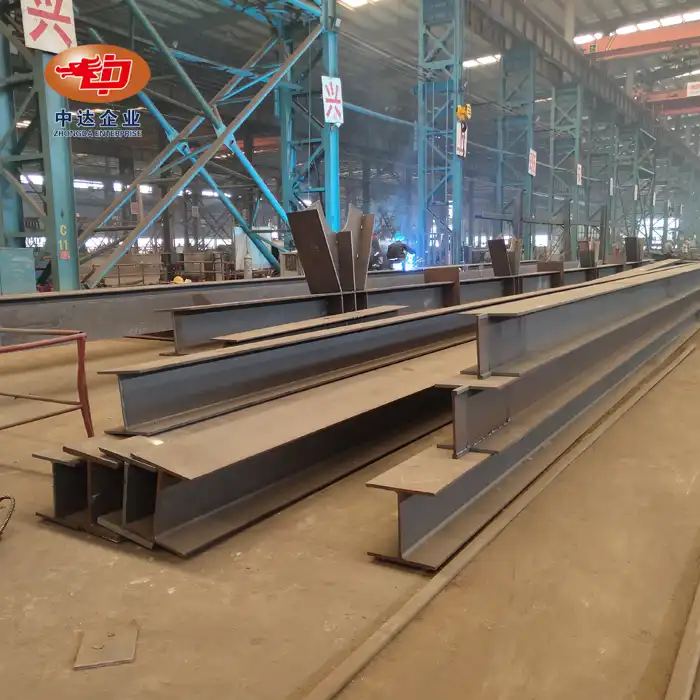The Evolution of Space Frame Roofs in Exhibition Design
Historical Context and Development
The concept of space frame structures dates back to the late 19th century, but it wasn't until the mid-20th century that they gained prominence in architectural applications. Initially used in aerospace and military projects, space frames gradually found their way into civil engineering and architecture. The post-war era saw a surge in their popularity, particularly in the design of large public spaces like exhibition halls and sports arenas.
As materials science and engineering techniques advanced, so did the capabilities of space frame roofs. The introduction of high-strength alloys and computer-aided design tools in the latter half of the 20th century revolutionized their construction, allowing for more complex and ambitious designs. This evolution has been crucial in meeting the ever-growing demands of modern exhibition spaces, which require vast, unobstructed areas to showcase products and host large gatherings.
Advantages Over Traditional Roofing Systems
Space frame roofs offer several advantages over conventional roofing systems, making them particularly suitable for exhibition architecture. Their inherent strength-to-weight ratio is unparalleled, allowing for expansive coverage with minimal support structures. This translates to more usable floor space and improved visibility within exhibition halls.
Moreover, the modular nature of space frames facilitates rapid assembly and disassembly, a crucial factor in the fast-paced world of exhibitions and trade shows. The ability to prefabricate components off-site not only speeds up construction but also ensures higher quality control and reduced on-site labor costs. These benefits align perfectly with the needs of exhibition organizers who often work under tight schedules and budgets.

Impact on Modern Architectural Aesthetics
Beyond their functional benefits, space frame roofs have significantly influenced modern architectural aesthetics. Their geometric patterns and transparent qualities create visually striking canopies that become focal points in themselves. Architects and designers have embraced this aspect, using space frames to craft iconic structures that serve as both shelter and spectacle.
The versatility of space frame designs allows for integration with various architectural styles, from sleek modernist approaches to more organic, biomorphic forms. This adaptability has made space frame roofs a favorite among architects seeking to create memorable, landmark exhibition spaces that stand out in increasingly competitive urban landscapes.
Technical Aspects and Design Considerations
Structural Principles of Space Frame Roofs
At its core, a space frame roof is a truss-like structure composed of interlocking struts arranged in a geometric pattern. This configuration distributes loads evenly across the entire structure, allowing it to span large distances with minimal internal support. The three-dimensional nature of space frames gives them inherent rigidity and stability, making them resistant to both compression and tension forces.
The most common geometric patterns used in space frame roofs include tetrahedral and octahedral arrangements, though more complex designs are possible. The choice of pattern depends on factors such as the desired span, load requirements, and aesthetic considerations. Advanced computer modeling and analysis tools are essential in optimizing these designs, ensuring they meet both structural and architectural objectives.
Material Selection and Performance Characteristics
The choice of materials plays a crucial role in the performance and longevity of space frame roofs. Aluminum alloys are widely used due to their excellent strength-to-weight ratio and corrosion resistance. For applications requiring higher load-bearing capacity, steel may be preferred. In recent years, the introduction of high-performance composites has opened up new possibilities, offering even greater strength and lighter weight.
The connectors or nodes that join the struts are equally important components. These are typically made from cast aluminum or steel and are designed to facilitate easy assembly while ensuring structural integrity. The development of advanced connection systems has been key to improving the overall performance and reliability of space frame roofs.
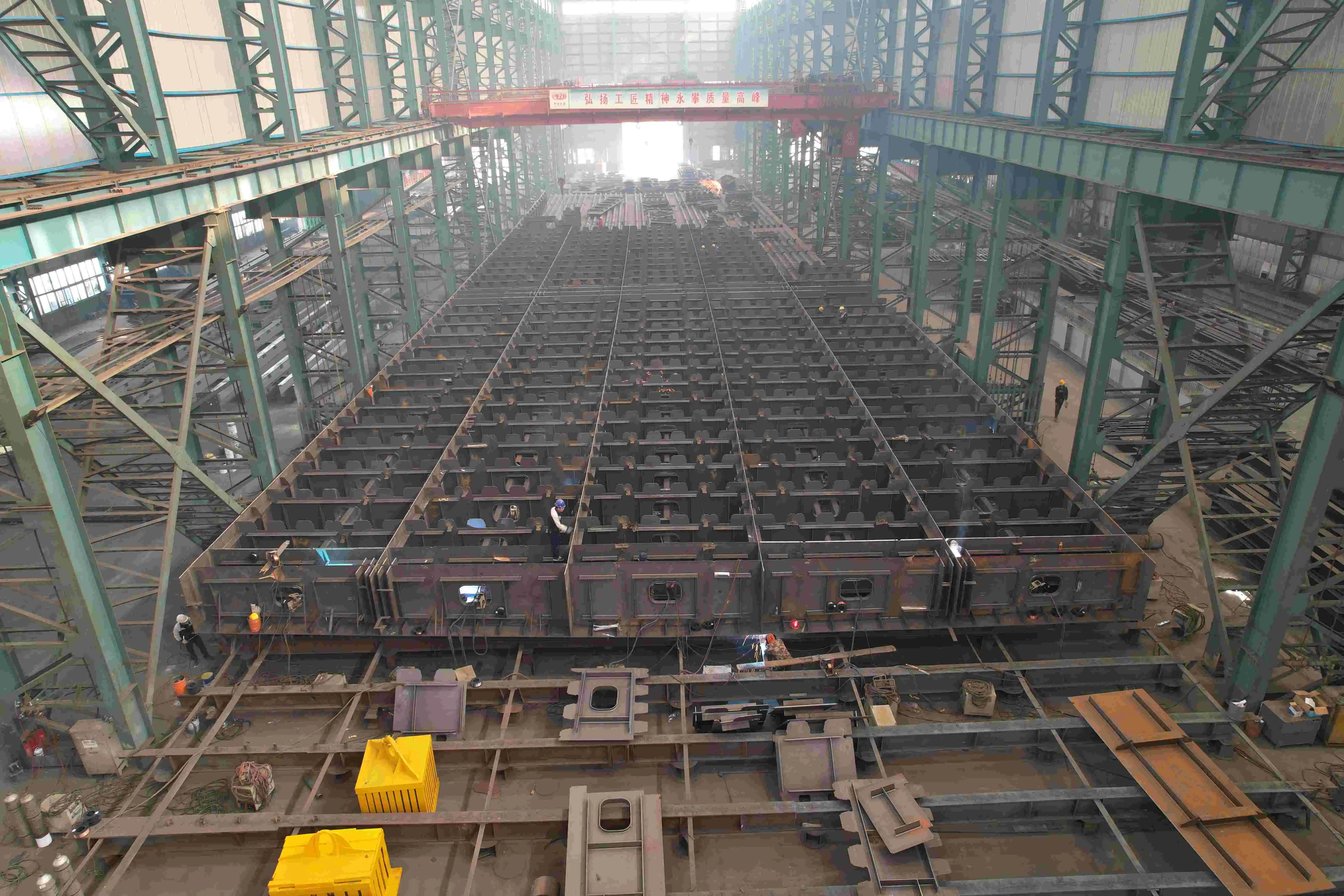
Integration with Building Systems
Modern space frame roofs are more than just structural elements; they are integrated components of a building's overall system. Designers must consider how these roofs interact with other building elements such as lighting, HVAC, and fire safety systems. The open nature of space frames allows for creative integration of these systems, often resulting in more efficient and aesthetically pleasing solutions.
For exhibition spaces, the ability to hang displays or lighting rigs from the space frame is a significant advantage. This flexibility allows for easy customization of the space for different events or exhibitions. Additionally, the design of space frame roofs can incorporate natural lighting elements, such as skylights or translucent panels, enhancing the overall ambiance and reducing energy consumption.
Future Trends and Innovations in Space Frame Roof Technology
Advancements in Materials and Manufacturing
The future of space frame roofs is closely tied to advancements in materials science and manufacturing technologies. Research into ultra-high-strength alloys and advanced composites promises to push the boundaries of what's possible in terms of span and load-bearing capacity. These new materials could lead to even lighter, stronger, and more durable space frame structures.
Additive manufacturing, or 3D printing, is another area with significant potential. This technology could revolutionize the production of complex node connections and custom structural elements, allowing for more intricate and optimized designs. As 3D printing capabilities improve and costs decrease, we may see a shift towards more bespoke space frame solutions tailored to specific architectural visions.
Smart and Adaptive Space Frame Systems
The integration of smart technologies into space frame roofs is an exciting frontier. Imagine roofs that can adjust their shape or properties in response to changing environmental conditions or usage requirements. Sensors embedded within the structure could monitor stress levels, temperature, and other factors, providing real-time data for maintenance and optimization.
Adaptive systems could also enhance the functionality of exhibition spaces. For instance, programmable shading elements integrated into the space frame could automatically adjust to control natural light and temperature, improving energy efficiency and visitor comfort. Such innovations would not only improve performance but also add an element of dynamism to the architecture itself.
Sustainability and Environmental Considerations
As the construction industry moves towards more sustainable practices, space frame roofs are well-positioned to meet these challenges. Their efficient use of materials and potential for incorporating renewable energy systems aligns with green building principles. Future developments may focus on enhancing the recyclability of components and reducing the carbon footprint of manufacturing processes.
Moreover, the longevity and adaptability of space frame structures contribute to their sustainability. As exhibition spaces evolve, these roofs can be modified or repurposed more easily than traditional roofing systems, potentially extending the lifespan of buildings and reducing waste. This flexibility is crucial in an era where adaptability and resource efficiency are increasingly valued in architectural design.
Conclusion
Space frame roofs have revolutionized modern exhibition architecture, offering a perfect blend of form and function. Their ability to create vast, unobstructed spaces while providing aesthetic appeal has made them indispensable in the design of contemporary exhibition halls. As we look to the future, continued innovations in materials, manufacturing, and smart technologies promise to enhance their capabilities further, ensuring that space frame roofs will remain at the forefront of architectural innovation for years to come. Their adaptability, sustainability, and potential for integration with advanced building systems make them an ideal choice for forward-thinking designers and architects in the ever-evolving world of exhibition spaces.
Contact Us
For those seeking to leverage the benefits of space frame roofs in their next project, Zhongda Steel offers cutting-edge solutions that embody innovation, quality, and global expertise. Our BIM-driven prefabrication and advanced manufacturing capabilities ensure precision and efficiency in every project. To explore how our space frame roof solutions can elevate your exhibition architecture, contact us at Ava@zd-steels.com. Let's build the future of exhibition spaces together.











